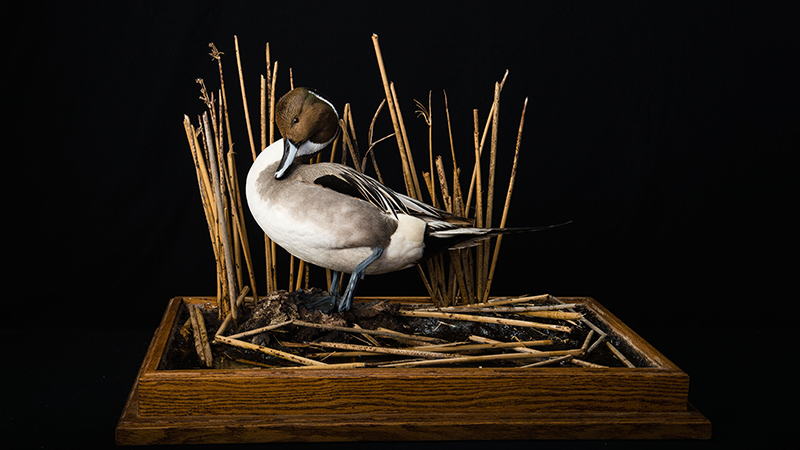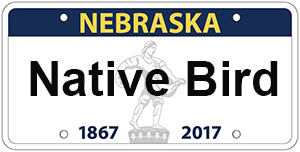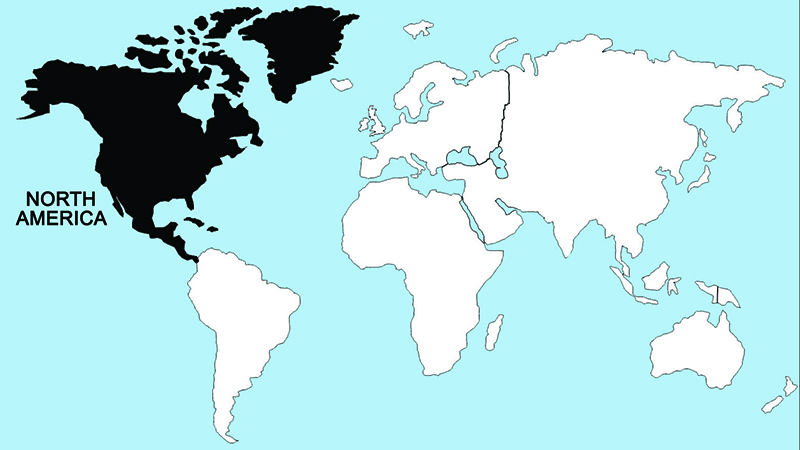Northern Pintail

This pintail species includes three distinct races: the northern pintail, occurring widely throughout much of the Northern Hemisphere; and two additional races (sometimes considered separate species) that are found on the isolated Kerguelen and Crozet islands of the sub-Antarctic waters of the Pacific Ocean. Like the Hawaiian and Laysan variants of the mallard, these island forms are smaller and duller colored than the widespread race. They probably are small, inbred populations, which have lost many of their original pintail-like traits during their periods of isolation.
Northern pintails tend to be highly migratory, nesting farther north in the high arctic than any other dabbling duck. Females there begin nesting on the tundra very early. The incubation period is a short 21 days, and at least in Alaska the young can be brought to fledging in 35–42 days, making possible breeding in areas having frost-free periods of only two months. During this time, the females must also complete their postbreeding molts. Then the long migration begins, occasionally to areas as far south as Colombia in the Americas, and to Tanzania in Africa.
Regions Birds Are Found


Collection Location & Year
U.S. - South Dakota 1999
Taxonomy
| Order | Anseriformes |
|---|---|
| Family | Anatidae |
| Tribe | Anatini |
| Species | Anas |
| Genus | acuta |
Gender
Male
References
- Johnsgard, P. A. 1975a. North American Game Birds of Upland and Shoreline. Lincoln, NE: Univ. of Nebraska Press.
- Johnsgard, P. A. 1978. Ducks, Geese and Swans of the World. Lincoln, NE: Univ. of Nebraska Press.
- Elliot, A., J. del Hoyo, J. Sargatal, and C. Imboden, eds. 1992. Handbook of Birds of the World. Vol. 1 (Ostriches to Ducks). Barcelona, Spain: Lynx Editions.
- Kear, J. 2005. Ducks, Geese and Swans. London, UK: Oxford University Press.